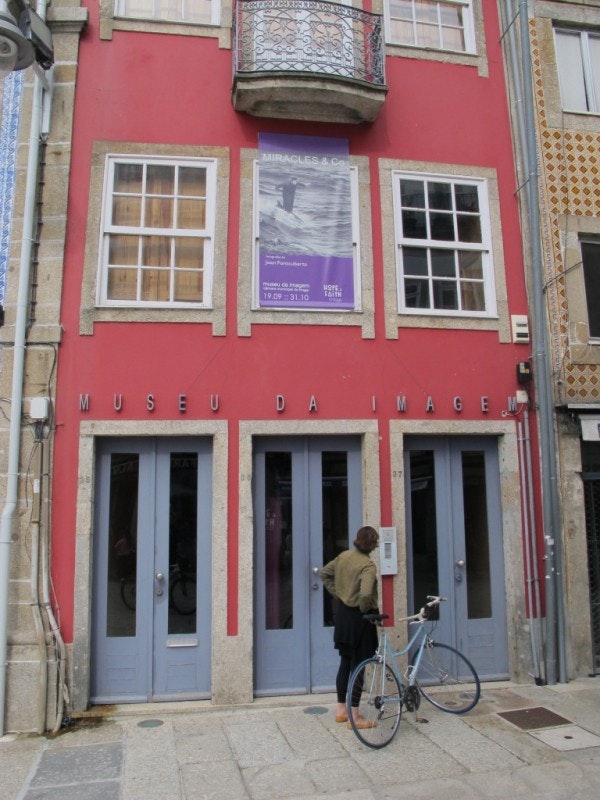Zug
Von Zürich HB nach Winterthur: S 12, IC Zürich–St. Gallen und IR Zürich–Schaffhausen (20–25 Min).
Von Zürich Flughafen: IC- und IR-Züge (15 Min).
Von St. Gallen: IC- und IR-Züge (40–45 Min).
Von Schaffhausen: IC- und IR-Züge (35 Min).
Bus
Ab Bahnhof Winterthur: Bus Nr. 2 (Richtung Seen), drei Stationen bis Haltestelle «Fotozentrum».
Auto
Autobahn aus Richtung Zürich: Ausfahrt Winterthur-Töss, Richtung Zentrum. Folgen Sie dem Schild «Fotomuseum».
Autobahn aus Richtung St. Gallen: Ausfahrt Oberwinterthur, Richtung Zentrum. Folgen Sie dem Schild «Fotomuseum».
Parkmöglichkeiten beim Museum.





















